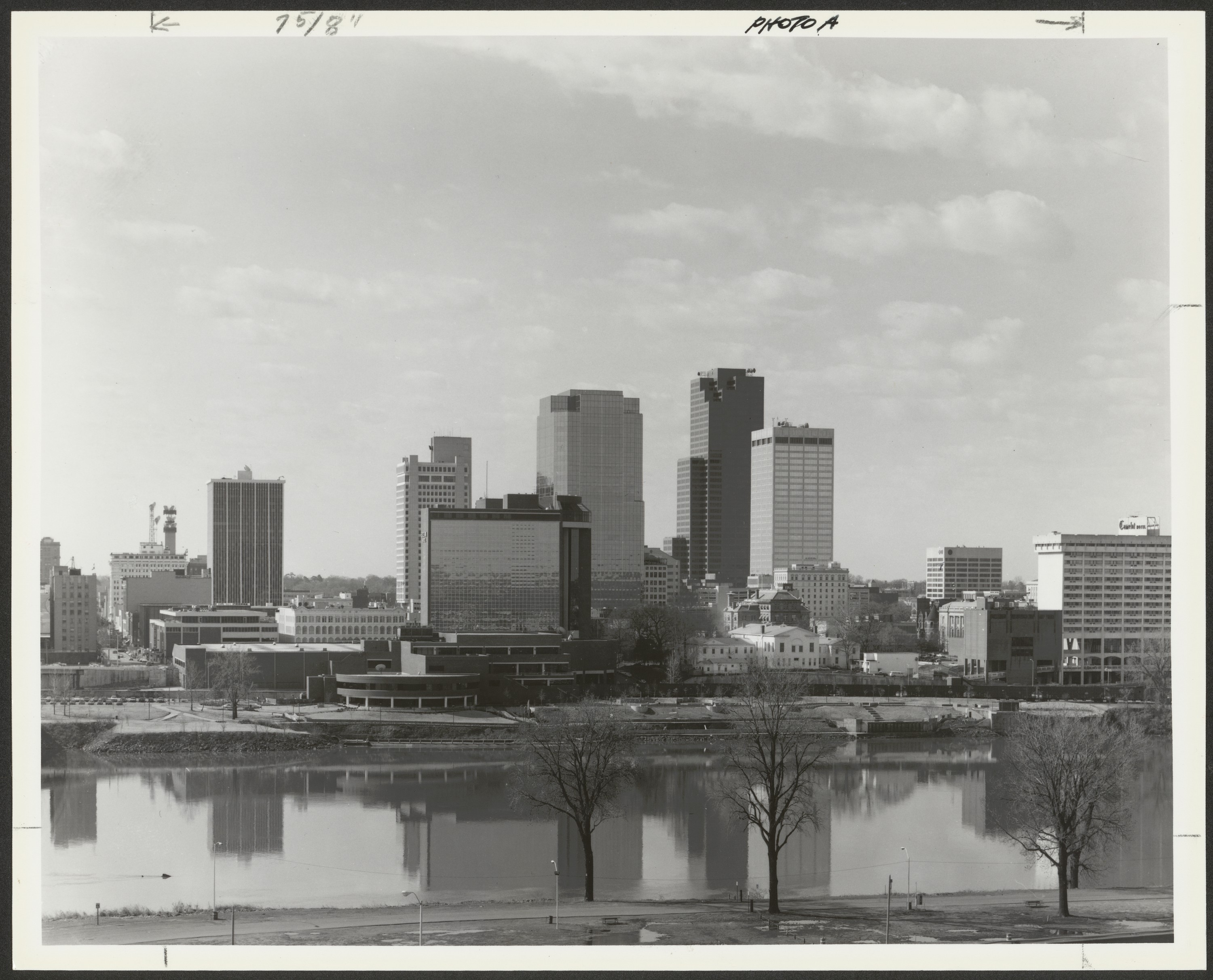Introduction
In this activity, you will look at old city planning sketches and photos showing changes to Downtown Little Rock. These photos will help us learn how cities change over time.
Note: The topics discussed in this lesson plan are related to those in lesson plans 2 and 3.
Essential Question
Why do cities change?
Download Lesson Plan 1: Why Do Cities Change?

A
Learning Objectives
- Students will learn about urban renewal programs from the mid-20th century.
- Students will look at examples of commercial/retail changes in cities.
A
Key Terms
- Place vs. Space
- Map
- Absolute vs. Relative location
- GIS
- City
- Urban / suburban / rural
- City / town / municipality
- Geography / geographer
- Urban renewal
A
Materials
- Photos and sketches
-
-
- Mainstreet concept sketches (1969)
- 100 block of Main Street (1961)
- Metrocentre Pedestrian Mall
- Main Street Mall
- Ottenheimer Hall (River Market building)
-
- Map of Arkansas
Download Lesson Plan 1: Why Do Cities Change?